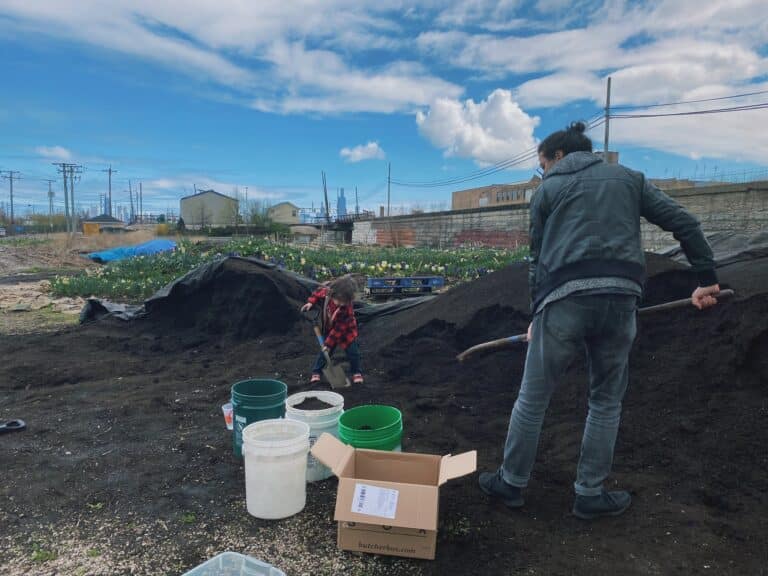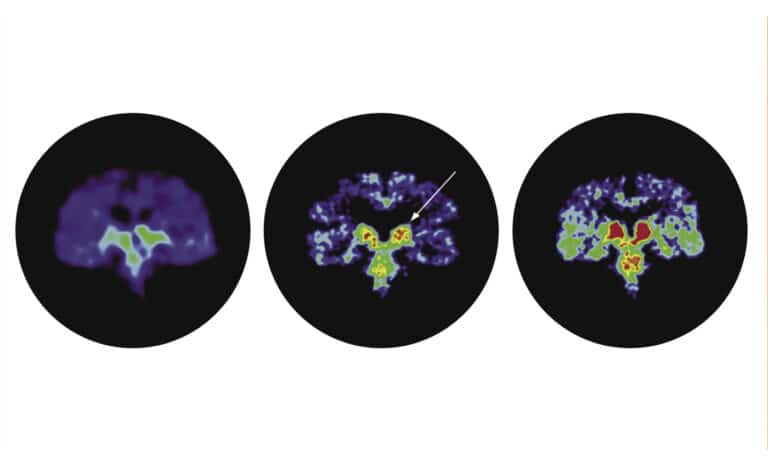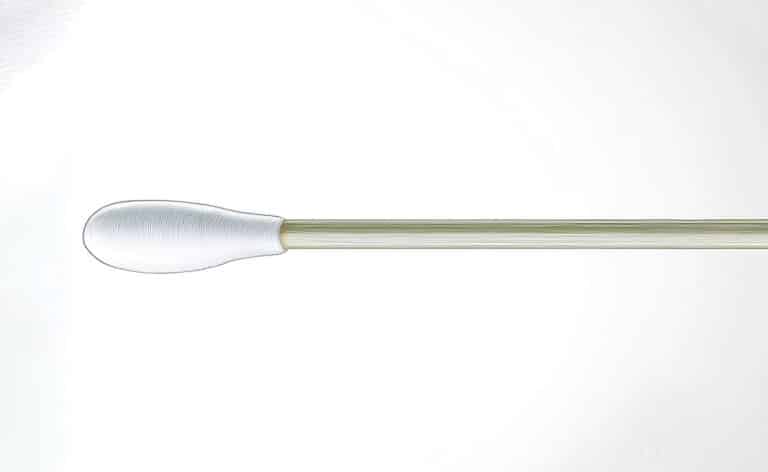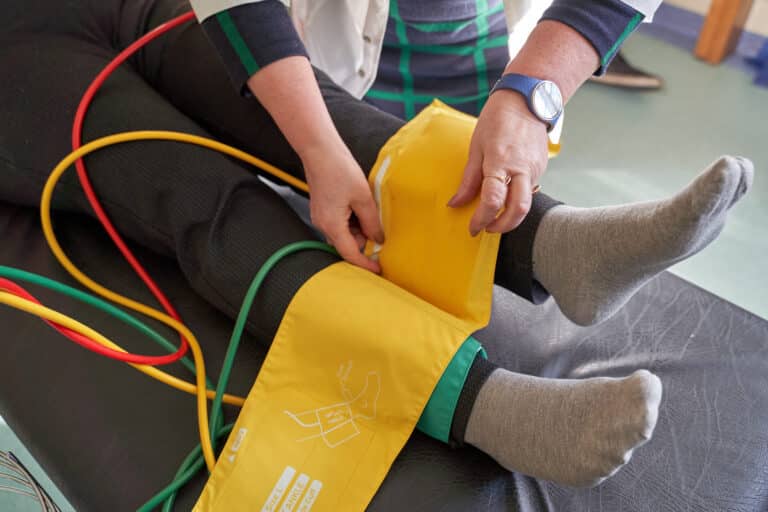Eye doctor and team from Loyola Medicine improve people’s sight in rural Guatemala
Fact checked by Shannon Sparks
Before a recent trip to Guatemala, Charles Bouchard, MD, current chair of Loyola Medicine’s ophthalmology department, went shopping. He went to a Dollar Tree store with a $300 donation from a patient and a purpose.
“I bought 300 pairs of over-the-counter eyeglasses at a dollar each,” he says. “Many of the patients we screen are far-sighted.”
Since 2009, Bouchard and a dozen volunteers have traveled to Guatemala once or twice a year, in the name of Loyola’s ambitious vision to treat cataract and pterygium, common causes of preventable vision loss and blindness. The tradition stretches back to 1963, with Jay McDonnell, former chair of the ophthalmology department.“It seemed like a very noble goal, and I wanted to continue Loyola’s tradition of global commitment,” Bouchard says.
In 2012, the Loyola global eye health program started a partnership with Humanity First Gift of Sight, an international not-for-profit. Then in April 2023, Loyola entered a formal relationship with Humanity First and the state-of-the art Nasir Hospital, built in 2018 by Humanity First USA in the Sacatepéquez area of Guatemala. The hospital currently has a part-time retina surgeon and an optician.
The Loyola volunteers, who pay their own expenses, take a non-stop flight from Chicago to Guatemala City. They travel with about 25 containers of donated equipment. Bouchard learned that it was the safest way to bring their supplies, most of which are donated by the industry. When he shipped an outdated surgical microscope, donated from Loyola, to Guatemala, it sat in customs for two years before officials released it.
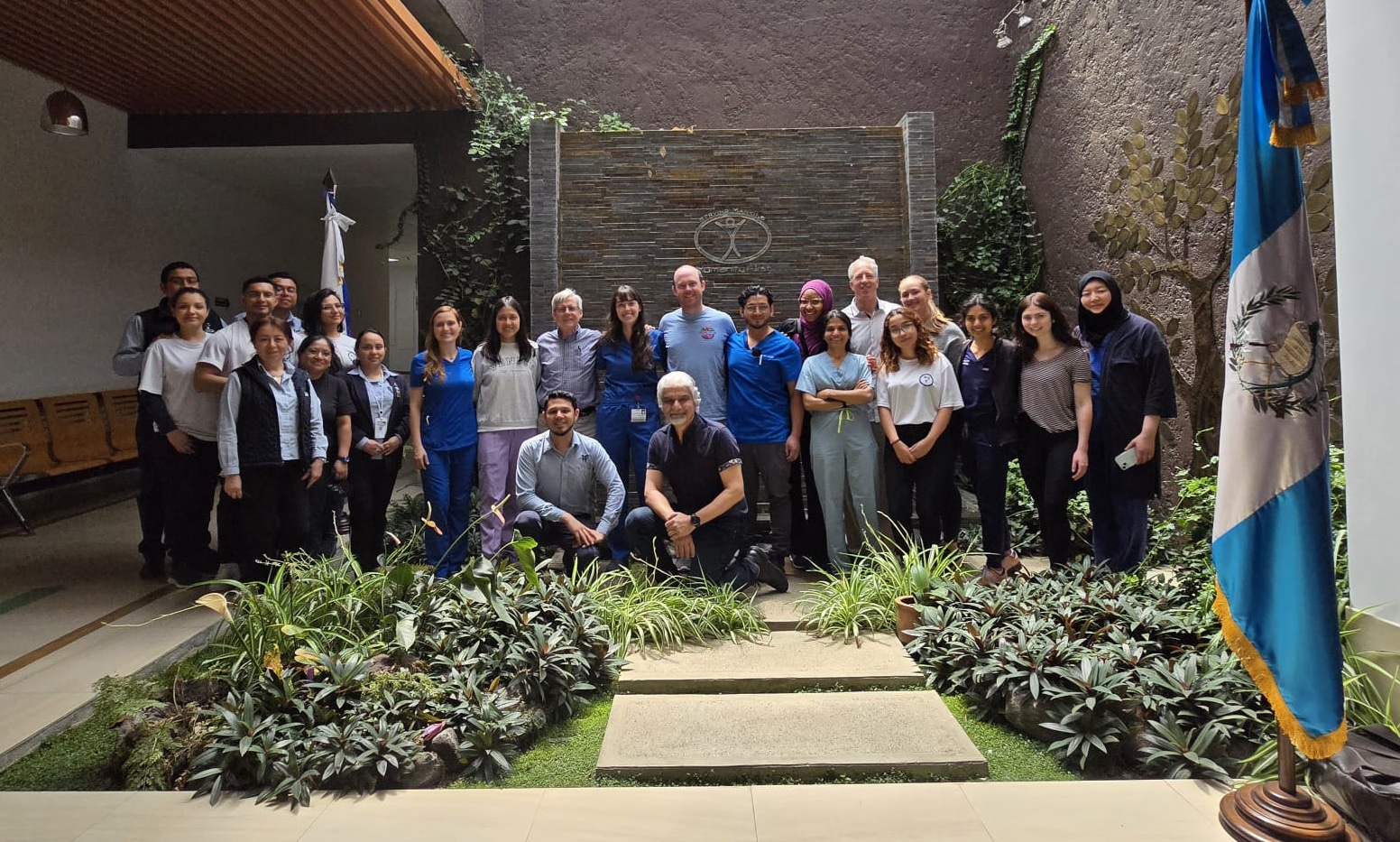
Because of the lack of adequate eye care in rural Guatemala, patients who arrive may only be able see the movement of hands or light. During the most recent trip to Nasir Hospital, the team spent 12-hour days performing 55 cataract surgeries and fitting people with eyeglasses. They also removed 10 pterygia — a raised, fleshy growth over the white part of the eye caused in part by radiation from the sun that can reach the cornea and obstruct vision.
“Many of the rural residents we see work in sugar cane and coffee plantations in intense sunlight, which can increase the risk of cataract and pterygium formation,” Bouchard says. Other patients are diagnosed with diabetic retinopathy and treated to help slow the disease’s progression and prevent further damage that can result in blindness.
Nasir Hospital is planning a mobile clinic to provide medical services, in which Bouchard expects to incorporate vision screening services to make eye care even more accessible. He is also working with Nasir Hospital leadership to set up a Health Data Science Center to better understand the need for low-cost eye care in Guatemala.
The people Bouchard treats keep him going. He says that the patients, most of whom who don’t speak English, tend to be very stoic during the surgical procedures. But the smiles on the faces once they can see again need no translation.
Above photo courtesy of Loyola Medicine
Originally published in the Fall 2024/Winter 2025 print issue.

Nancy Maes, who studied and worked in France for 10 years, writes about health, cultural events, food and the healing power of the arts.






